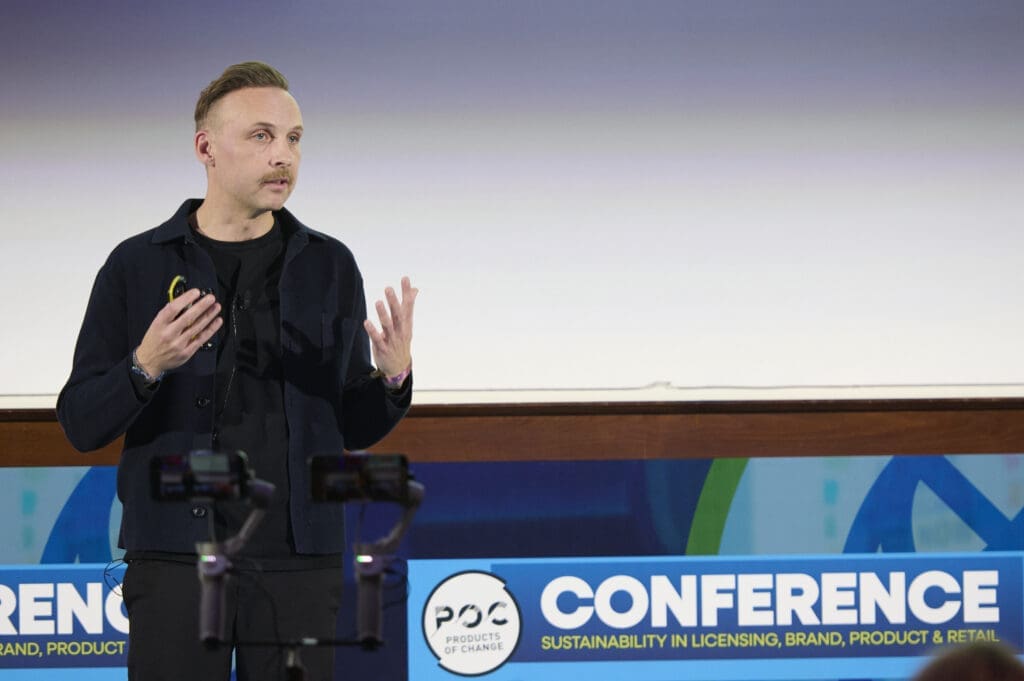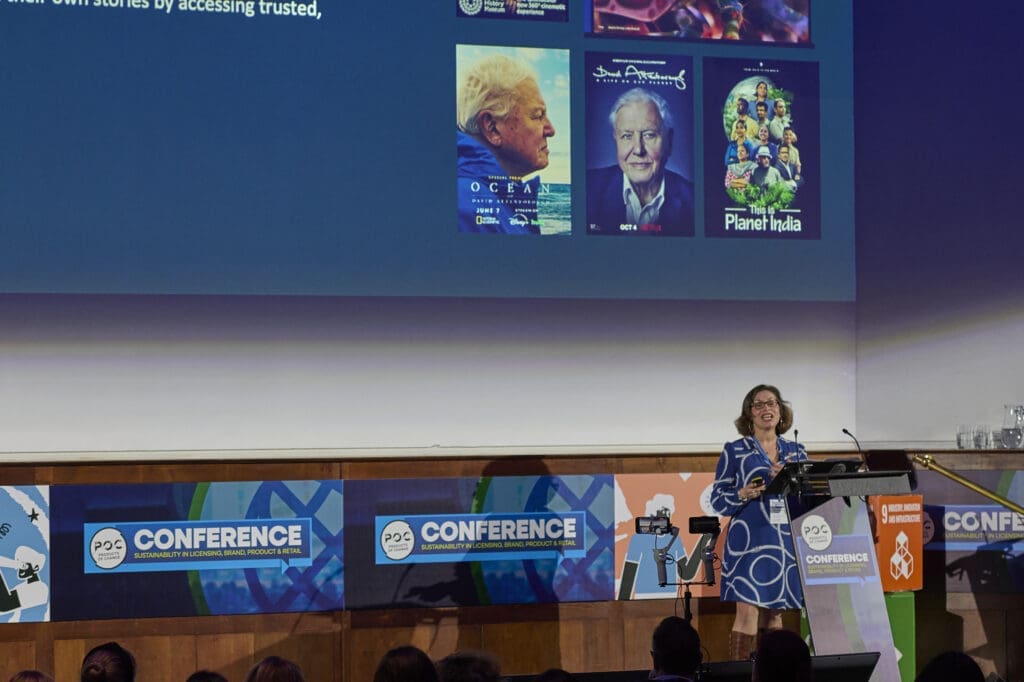We were delighted to have as our final keynote speaker of the day, Thomas Suchy, global sustainability leader from IKEA, at the POC Conference to offer a deep dive into fully integrated business sustainability.
IKEA is a Swedish furniture retailer, the biggest in the world, and Thomas’ focus of the presentation was “Assembling a better future.”
Thomas explained, as had been reiterated throughout the Conference, that you cannot simply patch sustainability on top of your business, it has to be connected with vision of the company. “For IKEA, that means creating a better everyday,” said Thomas.
IKEA is part of the Ingka group which has an overarching sustainability strategy comprising of three areas: climate crisis and nature loss, rising inequality, and unsustainable consumption.
Thomas explained that as a company, they have a responsibility to act on those areas, as well as the opportunity and influence. This comes down to four strategic focus areas: healthy and sustainable living, circularity, and fair and equal.
“It is just good business to be a good business,” he said. Which is clear since Ingka has grown 24% since FY16 to FY24, while its total GHG emissions have reduced by 30.1% FY16 to FY23.
The whole mission of Ingka and IKEA is to “mobilise the business to bring sustainability into the heart of what we do every day,” commented Thomas. One of the ways they are doing this is through leadership commitment. CEOs are incremental to building culture and to engage key leaders to be spokespersons in different areas. For instance, every country manager is also CSO for their country, upskilling them with six-month sustainability learning programme.
Thomas also emphasised the importance of working with goals: “What is measured gets done,” said Thomas, so identify them, make them relevant, and commit to goals that people can stand behind.
IKEA places at its centre its value creation goals: better homes, better lives, better planet, better company. These are always taken into consideration. And IKEA’s ‘Democratic design’: function, form, low price, sustainability, quality – ensures that the right balance is always struck.
IKEA has replaced its bargain centres at the end of its stores with Circular Hubs, where customers can bring back products, buy second-hand, repair, buy replacement parts, and take part in upcycling workshops, all with the intention of prolonging product life.
All the big stores have it now, creating meaningful affordability, and connecting people with shared knowledge, said Thomas.
Listening to the customer and interacting with them is also key as they hold so much essential knowledge. Thomas also advised that companies shouldn’t be too proud to use external partners who have done something similar and learn from them and work with them.
IKEA Business has joined forces with the SME Climate Hub, motivating SMEs to tackle climate change. Often SMEs don’t have the resources or CSOs but want to do more, this is where IKEA can connect its business customers with the SME climate hub. In doing so it has created a climate tools section, including a carbon footprint calculator and guide to be more sustainable for the use of SMEs. The purpose: “to motivate and enable smaller companies from what IKEA has already done,” explained Thomas.
Partnering with networks that can help to achieve your goals is essential; perfection is the killer of progress – “so start now and learn along the way,” he said.
IKEA’s current mission is all centred around food waste, which it came to when it analysed how it can allow customers to make the most amount of impact. They can make a big difference with food waste – 26% of global GHGs come from the food system, and a third of all food produced is wasted every year.
In store, since 2016, IKEA has reduced its food waste by 60%, which it did by measuring leftovers and optimising portion sizes accordingly. So for 2026, the commercial focus is around cooking and eating, offering consumers products as well as solutions, while creating engagement on the issue. IKEA’s team worked out by doing this, consumers could save up to one month of food a year, the monetary equivalent of €200-300.
Start with insights, make knowledge available to all co-workers, and give them opportunities to work across functions, said Thomas.
Once an amount has been achieved, the next step is how to communicate it to the customer. It needs to be credible, Thomas said, asking “What do consumers expect?” It is all about proving what IKEA has done and telling it to customers.
He concluded on a final word and mission statement: “Do something. Change everything.”
Conference ticket holders can watch back the full Conference here with your unique passcode you can find in your emails (contact hello@productsofchange.com if any issues). You can also still purchase a digital Conference ticket and get full access to all the recordings of the day here.




